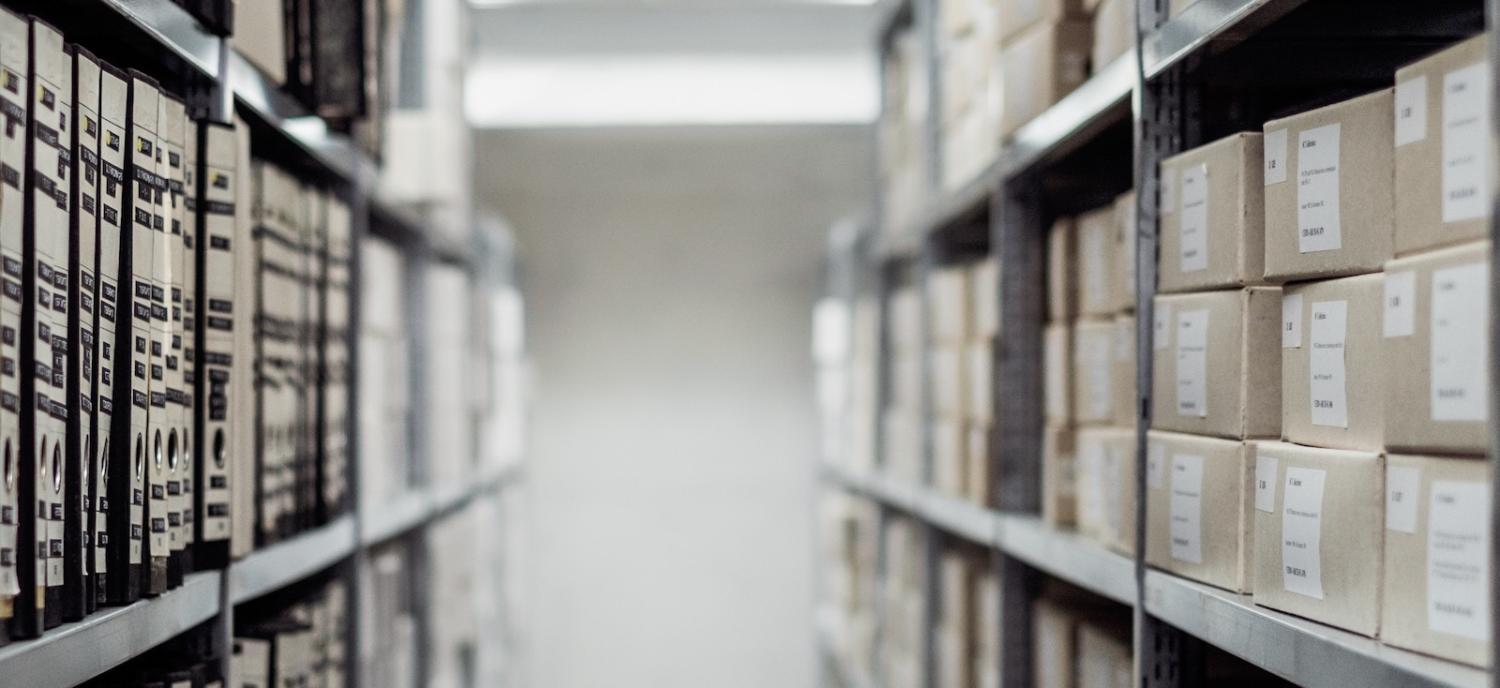The Pacific region is facing dramatic challenges. Climate change, population booms, changing geopolitical competition, and increasing urbanisation are all forecast to drastically alter island life.
Compounding these challenges, however, is the reality that many Pacific island nations do not have the capacity to effectively respond to the difficulties they face. Public institutions, in particular, are often relatively weak and small, primarily due to small population sizes, remoteness, and limited resources.
Data is only useful if it can be used to drive decisions. Whilst there is a lot of information that is very interesting to know, emphasis should be on how to use this information to make government services and support better.
All changes in society can have winners and losers. Strong public institutions are essential to ensure effective responses that minimise harm to vulnerable populations. However, institution building can be a slow and challenging process. On top of this, the Pacific has vast geographic spreads, small populations, high cultural and linguistic diversity, and relatively low internal capacity.
So, what can the Pacific do?
Limited resources require prioritising and getting the best bang for buck. Meaningful data is a fundamental step to achieving this. Accurate measurements of where the challenges are, how best to respond to them, and what the ultimate effects of these policies are important to strengthen institutions.
A new report from the Institute for Economics and Peace highlighted some of the “low hanging fruit” – data which is cheap and already available – that might drive some of these decisions:
- There are already plenty of filing cabinets full of extremely insightful numbers across the Pacific that simply aren’t being used.
- Add to this third party measures that already exist. Civil society play extremely important roles as service delivery providers and also data gatherers. For example, women’s crisis centres record visits and other aggregated information. This could be used to monitor changes in domestic violence levels and how services are accessed across a country.
- Interim measures, including proxy measures, amounts to incidental data that is already being collected. For example, the severity and causes of violent crime can be inferred through monitoring admissions to medical facilities.
These sources of information can be complemented by innovative collection mechanisms. There are many possibilities with leapfrogging technology, such as going direct to mobile phones over investing in landline infrastructure. Leapfrogging technologies work best in strengthening capacity when they skip a level, rather than when they provide a competing alternative.
There have been notable successes of using mobile phones for measurement. The Phones Against Corruption project in Papua New Guinea generated nearly 30,000 SMS from citizens regarding potential cases of corruption through a prompted SMS hotline linked to a survey. SMS rather than a smartphone app works best in the Pacific region as mobile phone penetration is almost five times greater than access to mobile broadband.
Similar technologies were used in UReport, a free messaging tool undertaking small-scale polls of young people in a country. Through SMS, nearly 2,000 youth in PNG can be polled on where they visit health facilities, challenges faced by women and girls, and other health-related questions. The results are disaggregated by age, gender, and district.
Technology tools can also be used to improve data quality. An example is the use of tablet computers to capture census data in 2016 in Tonga. This allowed live tracking to detect mistakes and implement corrections and is now in wide usage across the region.
Not everything digital is necessarily helpful in the Pacific context. For instance, drones might be an attractive alternative to lengthy boat trips between islands, but these trips will always remain a necessary aspect of Pacific life.
Often a simple approach can be innovative and very effective. Calling informed people is viable in the Pacific, especially among remote and small populations. A long-serving police officer will likely know all instances of homicide over the last decades even when official records are spotty. Capturing and publishing this information can help benchmark and inform policies to prevent a particular form of violence.
Data is only useful if it can be used to drive decisions. Whilst there is a lot of information that is very interesting to know, emphasis should be on how to use this information to make government services and support better.
The new report recommends how governments can encourage strengthening institutions through data. Governmental ministries could include measurements during annual budget negotiations and during assessments of policy and program efficacy.
Governments can also increase availability to data for the general public to help foster a culture of data-driven decision-making. In the Pacific, this means posters, graphics in newspapers, and notices in meeting areas.
Having good and useful data to drive decisions is difficult for every country around the world. For the Pacific, it is doubly difficult with fewer resources and policy prescriptions available. By emphasising practical concerns and innovation, the region can see meaningful measures that help inform policy making and increase the perceived legitimacy of public institutions.


